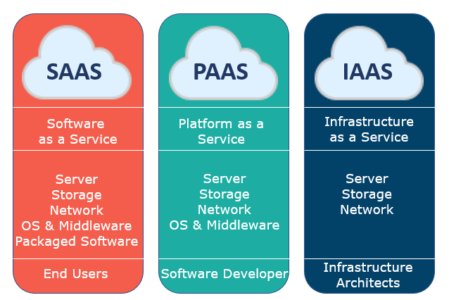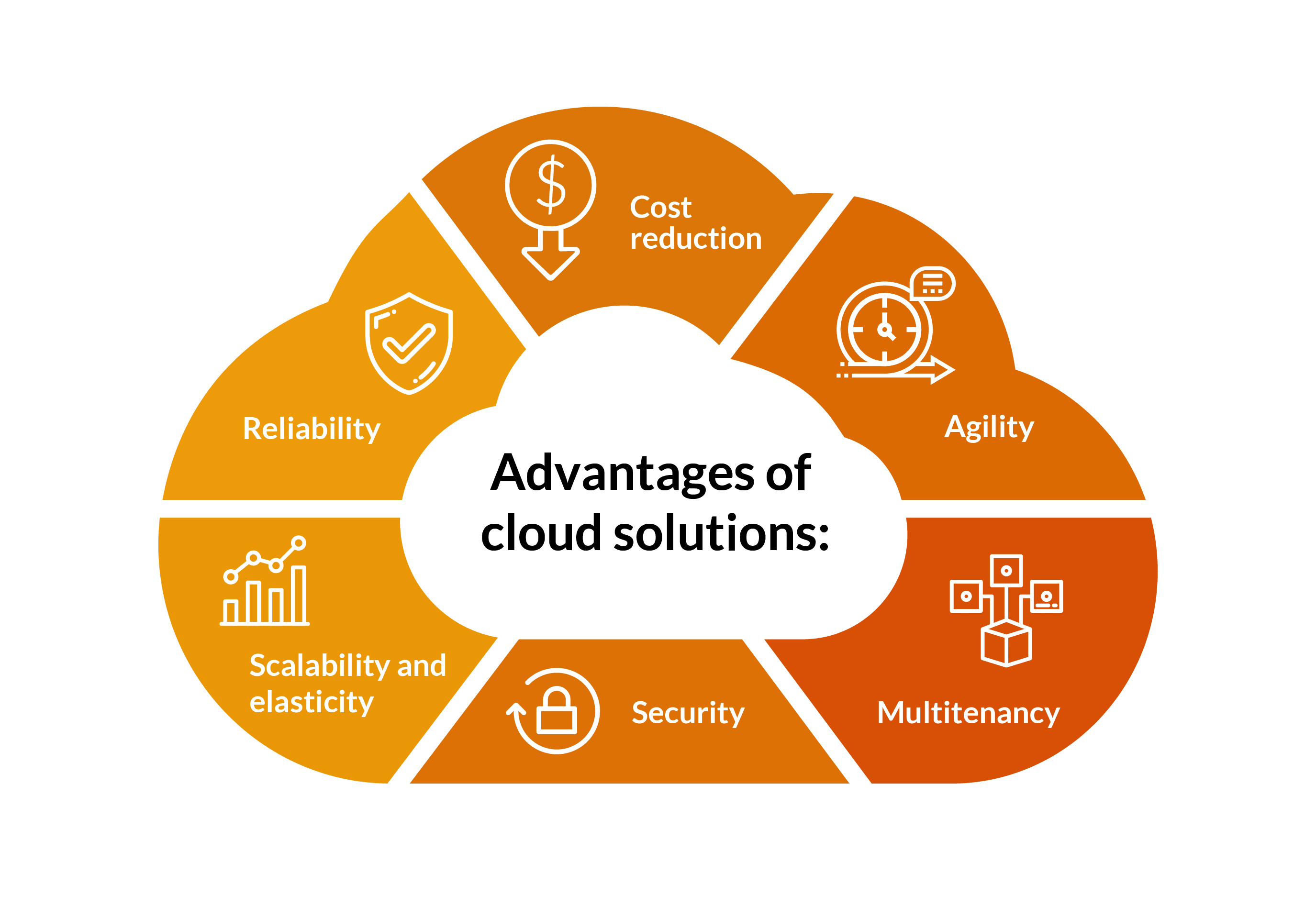Why Select LinkDaddy Cloud Services: Benefits and Functions Discussed
Why Select LinkDaddy Cloud Services: Benefits and Functions Discussed
Blog Article
Achieve Seamless Scalability With Cloud Provider
In the ever-evolving landscape of cloud solutions, attaining smooth scalability stands as a foundation for modern-day businesses looking for to stay competitive and versatile. The ability to effortlessly expand or get sources in response to transforming demands is a pivotal advantage in today's busy electronic environment. By mastering the art of scalable cloud options, companies can not only optimize efficiency and streamline operations but also lead the method for future growth and technology. The mission for seamless scalability with cloud services unveils a world of opportunities for those ready to welcome the transformative power of dynamic resource administration.
Benefits of Cloud Scalability
Cloud scalability uses organizations the versatility to dynamically adjust sources based on need, ensuring optimum efficiency and price efficiency. In addition, cloud scalability promotes development and testing by enabling companies to conveniently check new ideas and range them as needed. Inevitably, the benefits of cloud scalability extend past cost savings to include enhanced efficiency, agility, and innovation.
Key Features for Scaling
Reliable scaling in cloud services counts on key attributes that allow companies to readjust resources dynamically based upon demand. One necessary function for scaling is elasticity, enabling sources to scale up or down in response to varying work. This guarantees that companies can meet performance requirements without over-provisioning sources. Another crucial function is scalability, enabling systems to manage raised work by including sources effortlessly. This attribute is vital for fitting development without compromising efficiency. In addition, automation plays a crucial role in scaling by automating the provisioning and de-provisioning of resources based on predefined plans. Automation reduces human intervention, improves performance, and ensures quick response to changing demands. Tracking and analytics devices are also essential for scaling, supplying insights into resource application, efficiency metrics, and possible traffic jams. These devices make it possible for companies to optimize and make informed decisions resource appropriation for reliable scaling. Generally, these key features jointly equip companies to achieve smooth scalability in cloud solutions.
Carrying Out Auto-Scaling Methods
To properly maximize resource allocation and adjust to differing work, organizations must strategically execute auto-scaling strategies in their cloud solutions framework. Auto-scaling allows systems to automatically readjust the number of calculate sources based upon real-time demand. There are various auto-scaling strategies that companies can use, such as predictive scaling, which makes use of historical information to anticipate future resource demands, and reactive scaling, which reacts to current work adjustments.

Ideal Practices for Scalability
For companies intending to improve their scalability in cloud solutions, carrying out finest techniques is crucial for optimum performance and source monitoring. One trick finest method is designing applications with a microservices style. This strategy breaks down applications into smaller, independent services that can be released, upgraded, and scaled individually, permitting higher flexibility and scalability.
Another important technique is utilizing containerization technology, such as Docker or Kubernetes. Containers enable the product packaging of applications and their dependences into isolated devices, making it much easier to scale components individually and deploy them regularly across various environments.
Furthermore, executing automated deployment and facilities as code (IaC) can streamline scalability efforts (linkdaddy cloud services). Automation devices like Terraform or Ansible help in provisioning and handling sources effectively, decreasing hand-operated errors and making it possible for rapid scalability
In addition, monitoring efficiency metrics, establishing up alerts, and performing regular capacity preparation are necessary practices to guarantee proactive scalability monitoring. By sticking to these best practices, companies can achieve seamless scalability in their cloud solutions while maximizing performance and source utilization.
Tracking Efficiency Metrics
When analyzing the performance of cloud solutions scalability, carefully checking efficiency metrics is important for making sure ideal performance and source appropriation. By continually tracking essential performance signs (KPIs) such as reaction times, source, throughput, and latency use, organizations can obtain beneficial understandings into the health and effectiveness of their cloud facilities. Monitoring efficiency metrics allows for the very early detection of possible dig this bottlenecks or issues that can affect scalability, allowing aggressive steps to be taken to address them before they rise.

Final Thought
Finally, achieving smooth scalability with cloud solutions is important for companies to enhance performance, enhance technology, and preserve high performance levels throughout peak times. By leveraging the advantages of cloud scalability, implementing auto-scaling methods, utilizing key attributes such as flexibility and automation, and complying with finest practices like application layout and efficiency tracking, companies can efficiently scale their systems while making best use of source usage and efficiency.
The pursuit for seamless scalability with cloud solutions reveals a world of possibilities for those willing to welcome the transformative power of dynamic source administration.
Cloud scalability offers companies the flexibility to dynamically readjust resources based on need, making certain ideal efficiency and cost performance. An additional vital function is scalability, enabling systems to take care of enhanced work by including resources flawlessly.For organizations intending to enhance their scalability in cloud services, carrying out best methods is important for optimum performance and source management.When analyzing the efficiency of cloud solutions scalability, closely monitoring performance metrics is crucial for guaranteeing optimal performance and source allocation.
Report this page